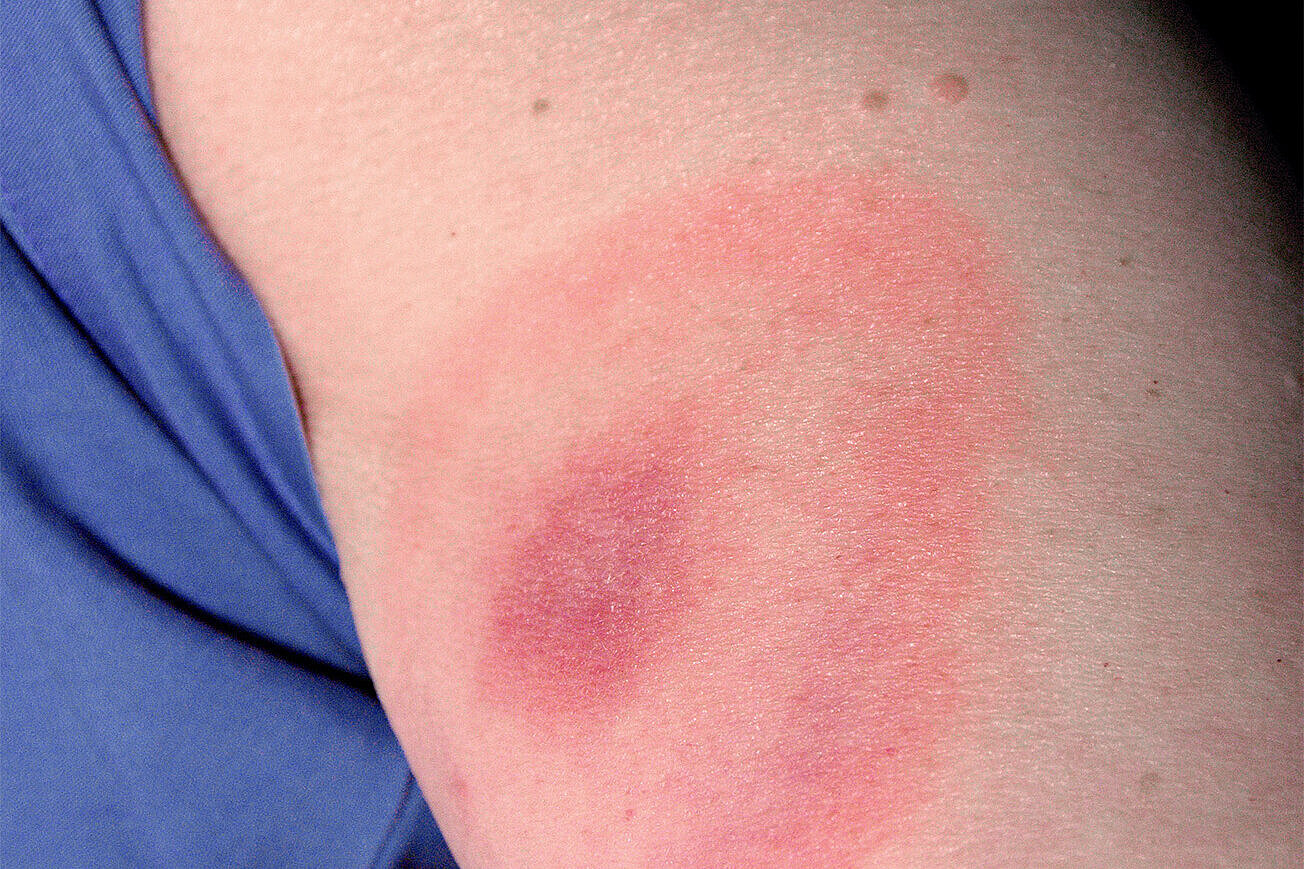If a tick is infected with the pathogen Borrelia burgdorferi s. l. (sensu lato = in the broader sense), these bacteria can be transmitted to humans through a tick bite and cause illness. Various organ systems can be affected: the skin, the nervous system or the joints. "An infection with Borrelia does not always lead to illness, and in case of the outbreak of Lyme disease it can usually be successfully treated with antibiotics. However, as our cooperation partners have discovered, some of those affected develop persistent symptoms such as fatigue, cognitive impairment or pain despite antibiotic treatment," says Prof. Yang Li, Director of the CiiM and Head of the "Bioinformatics of Individualised Medicine" Department at the HZI. "In order to find additional starting points for the development of effective therapies for the treatment of Lyme disease in the future, it is first important to better understand the genetic and immunological mechanisms responsible for the development of the disease."
To this end, the research team analyzed the gene patterns of more than 1,000 Lyme disease patients and compared them with the gene patterns of non-infected individuals. "The aim was to identify specific gene variants that are directly associated with the disease," explains Javier Botey-Bataller, research associate at CiiM and one of the first authors of the two studies. "We were indeed able to identify a special, previously unknown gene variant in Lyme disease patients." The research team carried out various cell biological and immunological tests to find out what specific physiological consequences this genetic predisposition has. "On the one hand, we were able to show that anti-inflammatory processes in the body were reduced in the presence of this gene variant. This means that inflammation and symptoms of Lyme disease may last longer," explains Li. The researchers also discovered that patients with this gene variant produced significantly fewer antibodies against Borrelia. They suspect that the bacteria cannot be attacked efficiently as a result and that the disease therefore lasts longer.
"We were also able to identify 34 different gene loci that are involved in the regulation of the immune response of Lyme disease patients via messenger substances, so-called cytokines, and that could also play an important role in other immune-mediated diseases such as allergies," says Botey-Bataller. In research, all genes of the human genome are recorded in a so-called gene map. Each gene has its individual position there, which is referred to as a gene locus. "Our study results clearly show how immune responses are determined by genetics," says Li. "Since our study results are based on an extremely broad database due to the large cohort, they provide an excellent basis for further research approaches, for example to investigate the effect of different variants of the genes involved on the disease severity of Lyme disease."
The incidence of Lyme disease has increased in the northern hemisphere in recent years. The research team assumes that a further increase must be expected in the future, even against the backdrop of climate change. This is because generally milder temperatures are likely to prolong the tick season and increase the distribution area of ticks. The result: more tick bites and therefore more possible cases of Lyme disease. "With our study results, we were able to gain important insights into the genetic and immunological processes that favor the development of Lyme disease. We hope that we have been able to pave the way for the development of effective treatments for Lyme disease sufferers with long-lasting symptoms," says Li.




